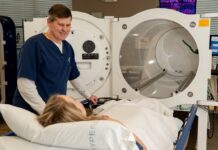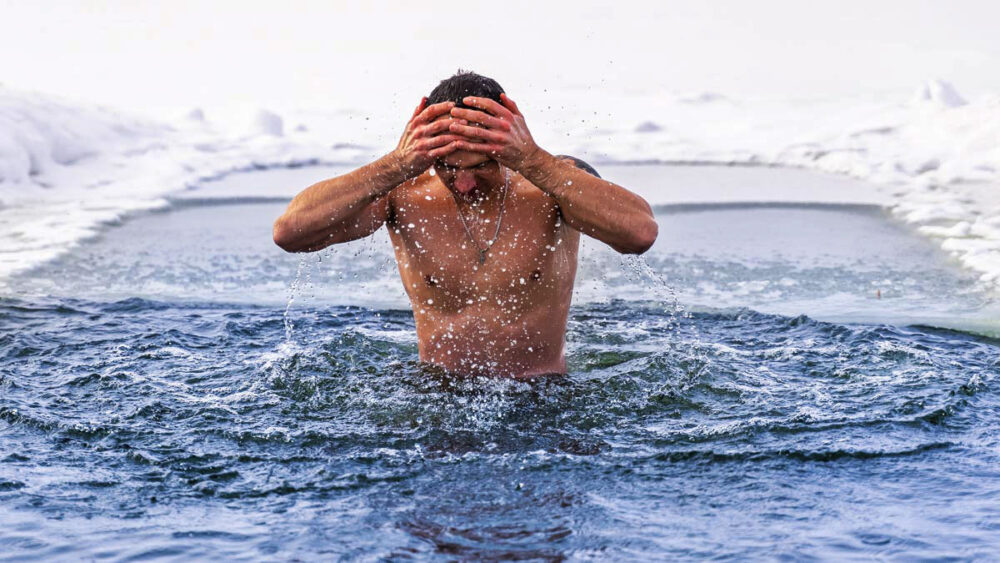
Cold therapy has a new sensational buzz in the health industry. Many practitioners and experts suggest whether they face any heart problem or any other disease.
Why is cold therapy getting a stance among the health experts?
If you are still confused about why cold therapy is getting so dominant and its effects on blood circulation, then in this article, we will discuss all the nitty-gritty details of cold therapy and its effectiveness on blood circulation.
But first, let’s know what cold therapy is?
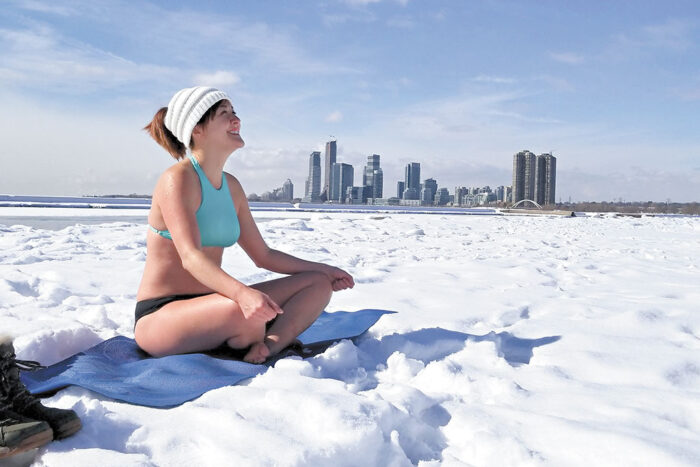
Cold therapy has been practised for many years and has a long way to identify history. But what makes it revive in the current world is its effectiveness and benefits, including the health benefits in improving blood circulation.
When our body is immersed in cold water, it gives a lot of benefits. The cold water helps to treat many diseases, including cardiovascular blood circulation. I know too many people. I might seem stupid by saying this.
Previously, we were living in hurricanes because hot showers are the best start for your perfect day. Still, it is a quiet alternative. We were entirely misconceptualized thanks to Wim hoof, who introduced cold therapy as the best treatment to improve blood circulation.
But before this, let me mention to you the easy way to have a cool breezing bath with the help of cool cube Durable, high-capacity water coolers that you can get on the Khione Store.
If you want to practice cold therapy efficiently and reliably, buying a cool cube durable and high-quality water coolers is the best equipment to set the water temperature up to 1-2 degrees in a few hours. No matter how warm and hot the temperature is outside, you will get your freezing cold water in a few hours.
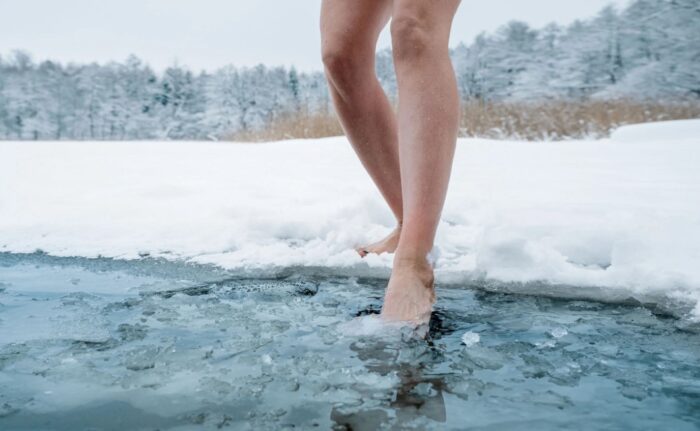
Now the primary concern of the article is how much cold therapy is effective on the blood circulation of the body. But we are also concerned about what happens when our bodies are exposed to frigid water?
When our body plunges into the cold water, it activates our parasympathetic nervous system, the leading and crucial part of the nervous system. It makes your body standardize the risk situation and smoothly passes the difficult time.
During the immersion into the icy cold water, the body feels numb and start pumping rapidly. All the vascular cells start gathering around the vital organs to supply the blood flow and oxygen. The right time and right temperature of icy cold water matter a lot. But the most admiring fact is that our body stops recognizing the difference between anxiety and stress during this process.
We feel many stressful and hectic situations in our everyday lives where we are exposed to many physical and mental health changes. It also increases the heart rate level to the extent that our body may be not inhabited, so it reacts negatively to slow down the functioning, and as a result, we have a heart attack or stroke.
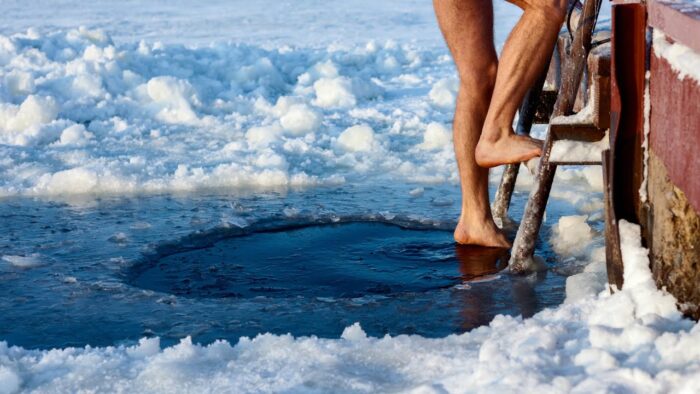
But if we are practising cold-water therapy for a long time, then our body knows how to stabilize and fight the situation. It starts fighting against the problem, and our bodies ultimately start surviving the case. In one of the studies, it is indicated that people who take cold showers every morning are 30% less likely to face any blood circulation problems.
Previously, we were thinking about quitting. Instead of fighting with it and finding the causes to sustain it, we tried to avoid the problem. Alternatively, we were only indulging in the adverse outcomes of the situation.
It Is a fact that blood circulation in winters or cold weather causes adverse negative outcomes on our health and increases the risk of blood circulation problems; it is pretty evident till that. Still, we have never thought differently about what if our bodies get inhabitants to face such a situation more frequently and understand how to fight it.
The Wim Hoff cold therapy method also addressed similar thoughts and mentioned some of the essential benefits of practising cold therapy and its effects on blood circulation discussed above.
It helps to deliver oxygen to other body parts
In winters and cold weather, our heart starts pumping faster to provide oxygen to other body parts, which creates high pressure on nature and speeds up the heart rate. If we are practising cold therapy, then our body will be used to the shivering and cooling effect, so it will deal with it more effectively without differentiating between stress and anxiety situations.
It decreases the chance of heart attack and stroke
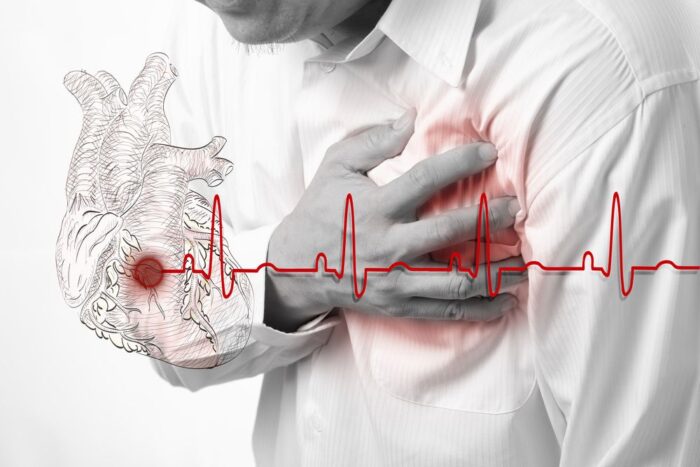
The most effective and powerful benefit of cold therapy is it allows the practitioner to improve the blood flow and minimize the risk of sudden cardiac death, fatal coronary heart disease, fatal cardiovascular disease.
In winters, heart attacks and strokes increase due to blood clotting in the vessels. It may be due to a sudden change in the weather, so if you are practising cold therapy, your body has enough stamina to deal with the sudden change in the weather, and your body responds well during the winters.
Its increase the blood level circulation
In winters and intense cold, our body rushes towards the main organs to provide oxygen to them, which helps them work more appropriately. When the blood flow rises, our body stabilizes it with high breathing, putting pressure on the lungs. If we are practising the cold therapy treatment from the beginning, then in cold weather, our blood level circulation will increase and our lungs have enough capacity to cope with the pressure it creates.
Also, it is highly effective for those who have low blood pressure problems. It will maximize the blood flow circulation with the help of tiny while cells and platelets.
Wrapping up
That is from my side. After reading the complete article, I hope you will get to know the effectiveness of cold therapy on blood circulation. I have also recommended the easy way to have a cool breezing bath by having the cool cube cooler that will turn the temperature into 1 to 2 degrees.


